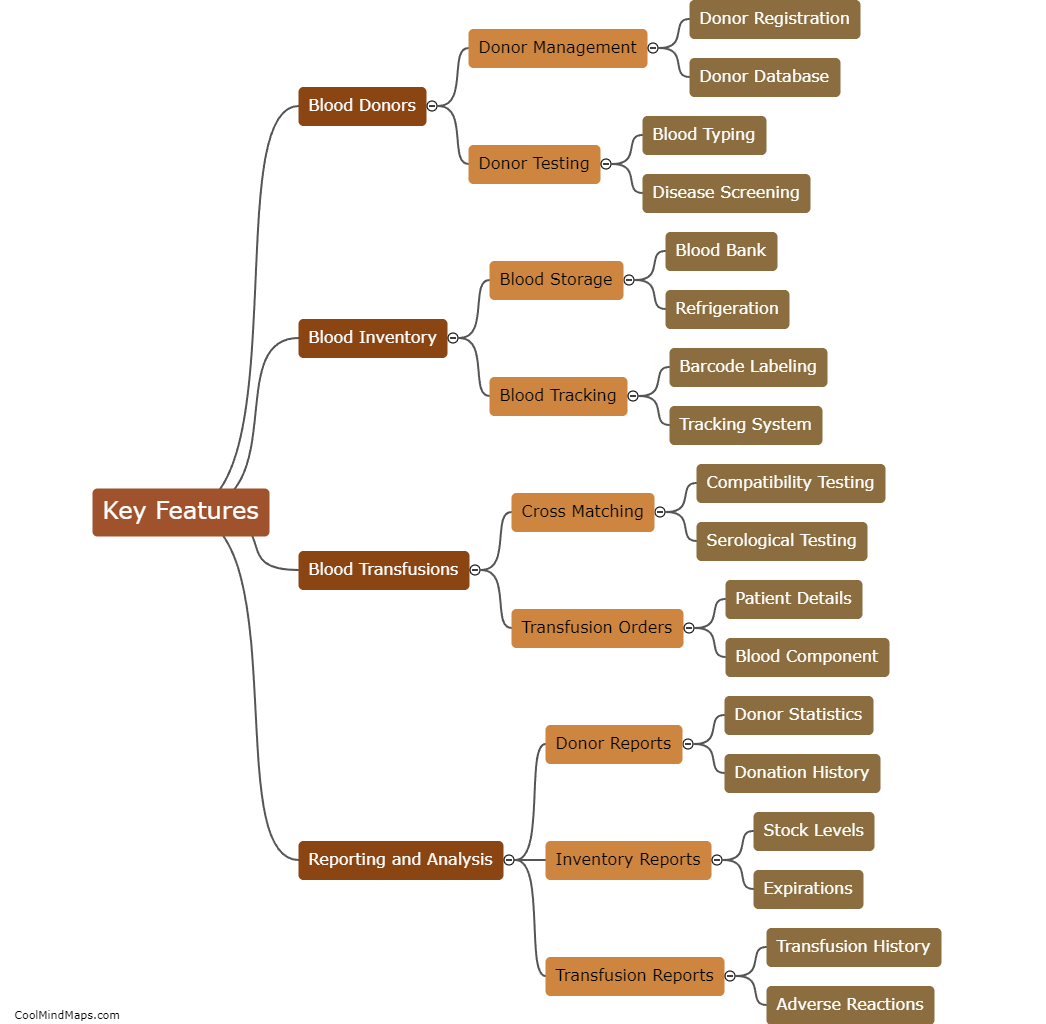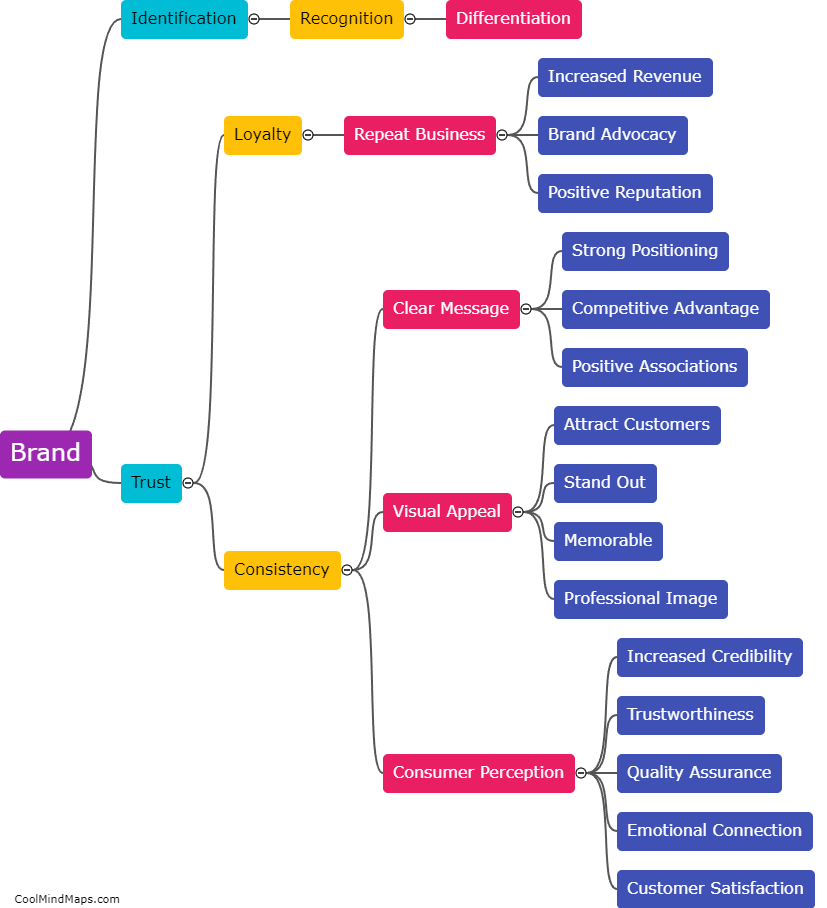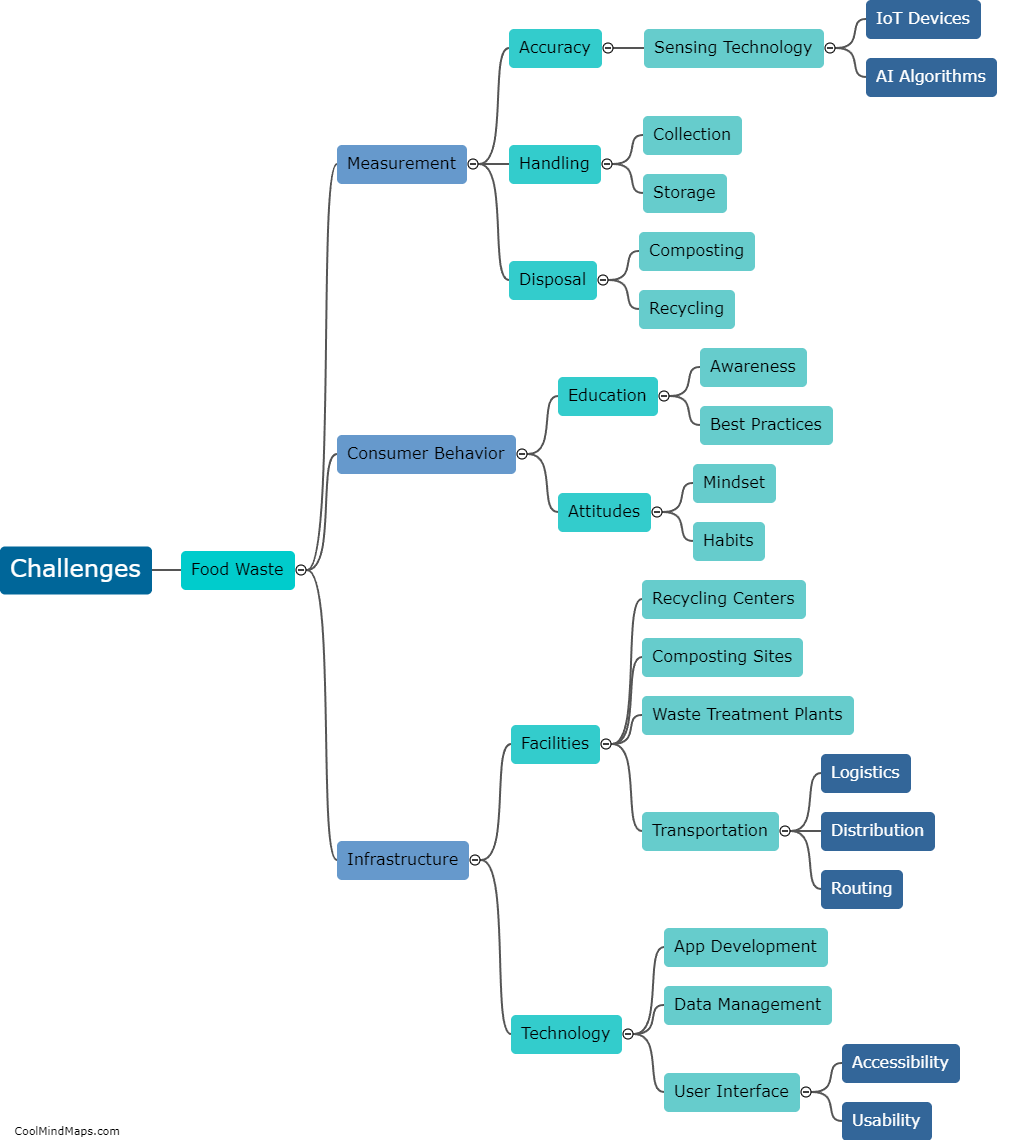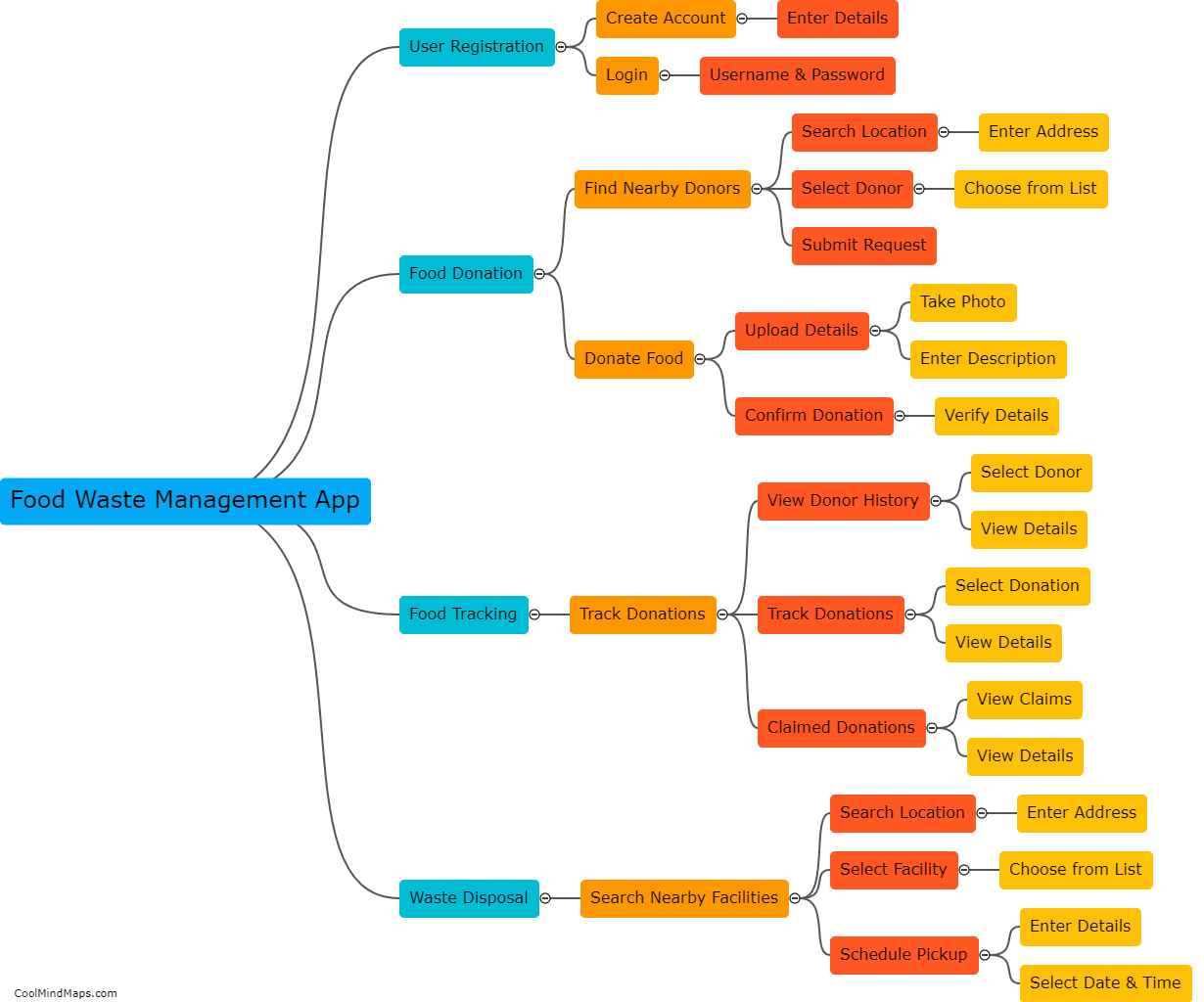What are the key features of a blood bank management system?
A blood bank management system is designed to efficiently handle the tasks and processes associated with a blood bank. Some key features of such a system include donor management, blood inventory management, blood testing and processing, and distribution management. Donor management enables the registration, screening, and tracking of blood donors and their donations. Blood inventory management ensures accurate tracking and monitoring of blood units, their availability, and expiration dates. Blood testing and processing features help in conducting tests on donated blood to ensure its safety and compatibility. Distribution management facilitates the efficient allocation and dispensing of blood units to hospitals, clinics, and other medical facilities based on their requirements. Additionally, a robust blood bank management system should also provide comprehensive reporting and analytics functionality to aid in decision making and resource planning.

This mind map was published on 27 August 2023 and has been viewed 130 times.











